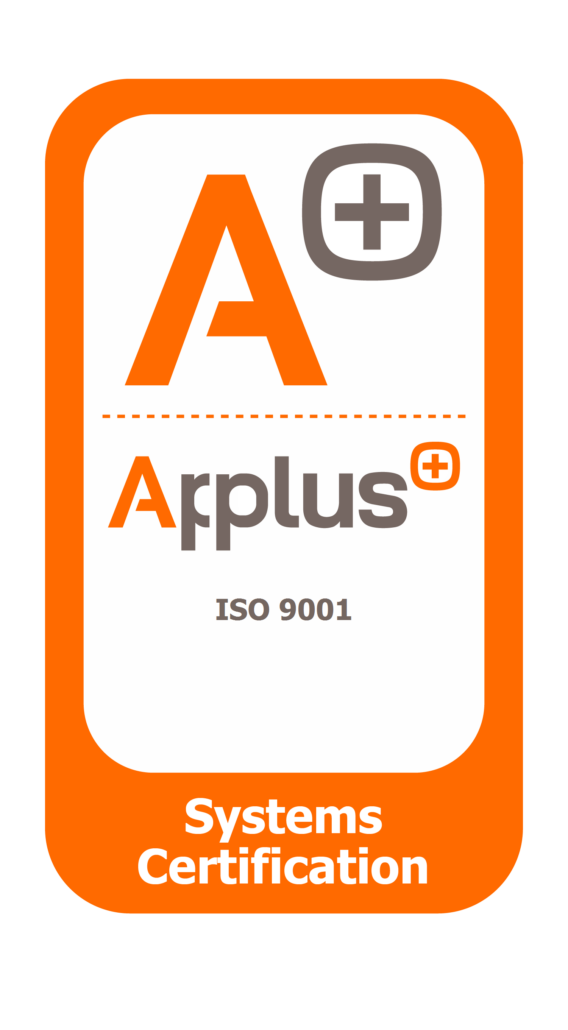The Importance of Cold Chain Monitoring
Cold Chain IoT is transforming how industries manage temperature-sensitive goods food and pharmaceuticals. The cold chain keeps products at controlled temperatures throughout the supply chain, preserving quality and preventing spoilage. In industries like food production, healthcare, and pharmaceuticals, correct storage and transport temperatures are vital for safety and quality.
Without monitoring, even minor temperature fluctuations can cause significant issues, such as product loss, shorter shelf life, or contamination. With IoT, businesses can monitor and manage temperature-controlled environments in real time, keeping products safe from source to shelf.
How Cold Chain IoT Works
IoT devices, such as temperature sensors, humidity monitors, and GPS trackers, gather and transmit data continuously. This real-time monitoring tracks every stage of the cold chain, from the manufacturer to the final destination.
Key Components of Cold Chain IoT
- Temperature Sensors: Monitor internal and external temperatures to ensure safe ranges are maintained during storage and transit.
- Humidity Sensors: Critical for products sensitive to moisture, such as produce, pharmaceuticals, and electronics.
- GPS Trackers: Ensure shipments are on the correct route and within their designated temperature zones, offering traceability and security.
- Real-Time Dashboards: Dashboards like the ones provided by thethings.iO allow businesses to visualize real-time data, track key metrics, and receive alerts if any conditions deviate from the preset requirements.
Benefits of Real-Time Cold Chain Monitoring
Integrating Cold Chain IoT into supply chains provides numerous benefits, including enhanced product quality, reduced waste, and improved efficiency.
Improved Product Quality and Safety
The main benefit of Cold Chain IoT is ensuring product safety. For food, it keeps perishables like meat, dairy, and vegetables at optimal temperatures throughout their journey. In pharmaceuticals, temperature control is essential for the efficacy of vaccines, insulin, and other sensitive drugs. Continuous monitoring detects deviations quickly, enabling rapid corrective actions.
Reduced Wastage and Financial Loss
Temperature and humidity changes can lead to spoilage, reducing product quality and causing financial losses. Cold Chain IoT helps minimize waste by catching potential issues early. Real-time alerts allow businesses to reroute or relabel products before they are damaged or spoiled.
Compliance and Reporting
Many industries face strict regulations on temperature-sensitive products. For example, pharmaceuticals must maintain specific temperatures during transit. Cold Chain IoT helps automate compliance by continuously tracking environmental conditions and generating detailed reports. This ensures transparency and simplifies regulatory reporting.
Real-Time Data and Predictive Insights
One of the key advantages of Cold Chain IoT is the ability to predict potential issues before they arise. Predictive analytics help anticipate equipment failures or temperature deviations in real-time, enabling proactive actions.
Proactive Maintenance and Alert Systems
With predictive analytics, businesses can anticipate maintenance needs and reduce unexpected equipment failures. For example, sensors monitor refrigeration units in trucks or warehouses, sending alerts to technicians if irregularities are detected before a breakdown occurs.
Advanced Data Insights
As IoT devices continuously collect data, businesses can analyze patterns and trends in real-time. This data not only helps in ensuring product quality but also allows for improvements in supply chain processes. For instance, temperature data can help identify inefficiencies in route planning, while humidity levels might indicate issues with packaging or storage methods.
Implementing Cold Chain IoT with thethings.iO
thethings.iO offers full integration of IoT sensors and analytics into your existing cold chain logistics. Our customizable dashboards let you track temperature, humidity, GPS location, and other KPIs in real time, while automated alerts keep teams informed of any issues.
Conclusion: The Future of Cold Chain Monitoring
As demand for transparency, safety, and sustainability grows, Cold Chain IoT has become essential for food, pharmaceuticals, and logistics. IoT solutions offer real-time monitoring, predictive insights, and actionable data, helping companies prevent issues, minimize waste, and maintain quality standards.
With platforms like thethings.iO, businesses can manage the cold chain more efficiently and sustainably. This ensures that products reach consumers safely, on time, and in optimal condition.


